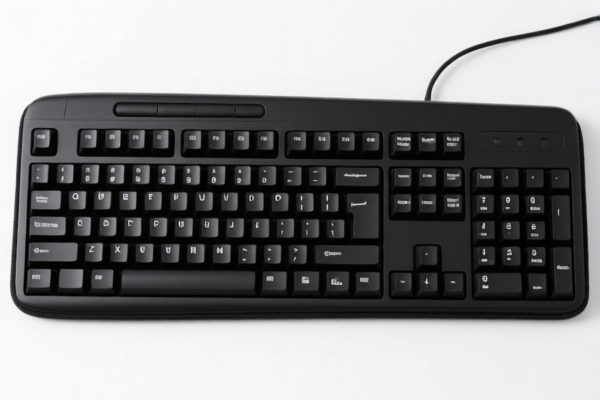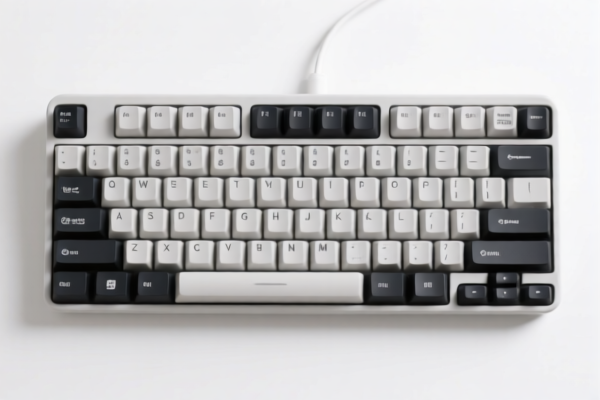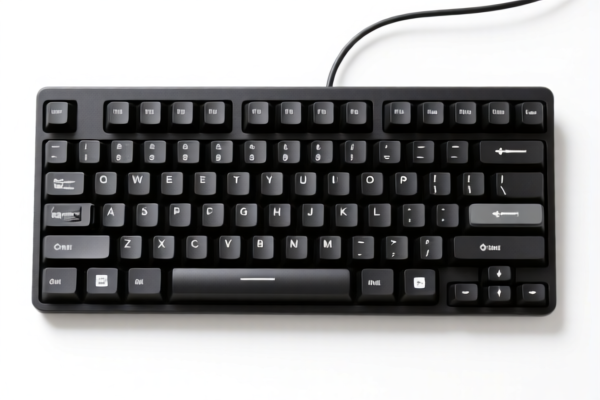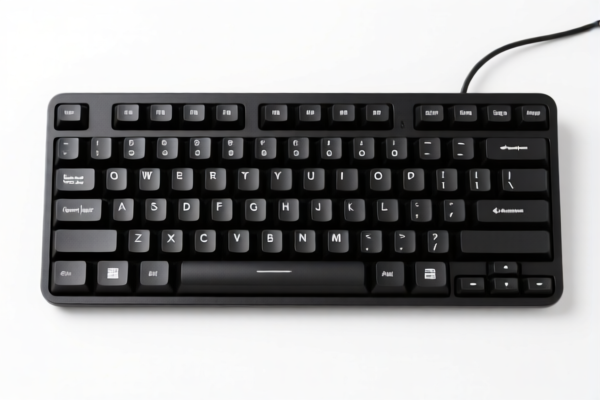| HS Code | Official Doc | Tariff Rate | Origin | Destination | Effective Date |
|---|---|---|---|---|---|
| 9606308000 | Doc | 61.0% | CN | US | 2025-05-12 |
| 9606296000 | Doc | 57.9% | CN | US | 2025-05-12 |
| 7115906000 | Doc | 59.0% | CN | US | 2025-05-12 |
| 7115903000 | Doc | 58.9% | CN | US | 2025-05-12 |
| 8487900080 | Doc | 83.9% | CN | US | 2025-05-12 |
| 8487900040 | Doc | 58.9% | CN | US | 2025-05-12 |
| 8483908080 | Doc | 57.8% | CN | US | 2025-05-12 |
| 3926903300 | Doc | 36.5% | CN | US | 2025-05-12 |
| 3926909989 | Doc | 42.8% | CN | US | 2025-05-12 |
| 3924104000 | Doc | 33.4% | CN | US | 2025-05-12 |
| 3924905650 | Doc | 40.9% | CN | US | 2025-05-12 |




Key Cover
A key cover is a protective accessory designed for physical keys, typically those used for mechanical keyboards, key switches, or traditional key sets. Its primary function is to safeguard keys from wear, damage, and aesthetic degradation.
Material
Key covers are manufactured from a diverse range of materials, each offering distinct properties:
- Polybutylene Terephthalate (PBT): A durable thermoplastic polymer known for its resistance to wear, heat, and solvents. PBT key covers offer a textured feel and are less prone to shine than ABS.
- Acrylonitrile Butadiene Styrene (ABS): A common thermoplastic polymer valued for its affordability and ease of manufacturing. ABS key covers are typically smoother than PBT but are susceptible to shine over time with use.
- Polycarbonate (PC): A strong and impact-resistant thermoplastic. PC key covers are known for their clarity and durability.
- Metal (Aluminum, Brass): Provides a premium feel and aesthetic, offering high durability and resistance to wear. Metal key covers are generally heavier and more expensive.
- Silicone: Offers a soft, tactile feel and provides excellent protection against dust and liquids. Silicone key covers are often used for full keyboard protection.
Purpose
- Protection: Shields keys from physical damage (scratches, cracks, breaks).
- Aesthetic Enhancement: Allows for customization of keyboard appearance.
- Wear Resistance: Reduces wear and tear from frequent use.
- Tactile Improvement: Certain materials can alter the feel of key presses.
- Noise Reduction: Some key covers can dampen the sound of key presses.
Function
Key covers function by physically encasing the keycap, providing a protective layer. They typically attach to the keycap via a secure fit or a specialized attachment mechanism.
Usage Scenarios
- Mechanical Keyboard Enthusiasts: Customizing and protecting keycaps on mechanical keyboards.
- Gamers: Protecting frequently used keys from wear and tear during intense gaming sessions.
- Office Professionals: Maintaining the appearance and functionality of keyboard keys in high-use environments.
- General Computer Users: Protecting and personalizing standard keyboard keys.
Common Types
- Individual Keycaps: Replace existing keycaps with custom designs or materials.
- Keycap Sets: Complete sets of keycaps for full keyboard customization.
- Protective Covers: Thin, transparent or colored covers that fit over existing keycaps.
- Silicone Keyboard Skins: Full keyboard covers that protect all keys and provide a different tactile experience.
- Artisan Keycaps: Hand-crafted keycaps made from unique materials like resin, metal, or wood, often featuring intricate designs.
- Doubleshot Keycaps: Keycaps made with two layers of plastic, providing increased durability and preventing legends from fading.
- Cherry Profile Keycaps: A popular keycap profile known for its sculpted shape and comfortable typing experience.
- OEM Profile Keycaps: Another common keycap profile, offering a slightly taller shape than Cherry profile.
Based on the material, use, function, and application scenarios, a “key cover” could fall under several classifications depending on its composition. Here's a breakdown of potential HS codes based on the provided reference material:
- 3926903300: This code covers “Other articles of plastics and articles of other materials of headings 3901 to 3914: Other: Beads, bugles and spangles, not strung (except temporarily) and not set; articles thereof, not elsewhere specified or included: Handbags”. If the key cover is made of plastic and resembles a small bag or pouch, this code might be applicable. The total tax rate is 36.5%.
- 3926909989: This code covers “Other articles of plastics and articles of other materials of headings 3901 to 3914: Other: Other Other”. This is a broader category for plastic articles not specifically defined elsewhere. If the key cover is made of plastic and doesn’t fit the “handbag” description, this code could be used. The total tax rate is 42.8%.
- 3924104000: This code covers “Tableware, kitchenware, other household articles and hygienic or toilet articles, of plastics: Tableware and kitchenware: Other”. If the key cover is considered a household article made of plastic, this code might be relevant. The total tax rate is 33.4%.
- 3924905650: This code covers “Tableware, kitchenware, other household articles and hygienic or toilet articles, of plastics: Other: Other”. This is a broader category for plastic household articles not specifically defined elsewhere. The total tax rate is 40.9%.
According to the provided reference material, the HS code options related to 'key cover' are limited, with only the following 4 found.
Please note that the final HS code determination depends on the specific material composition and intended use of the key cover.
Customer Reviews
No reviews yet.